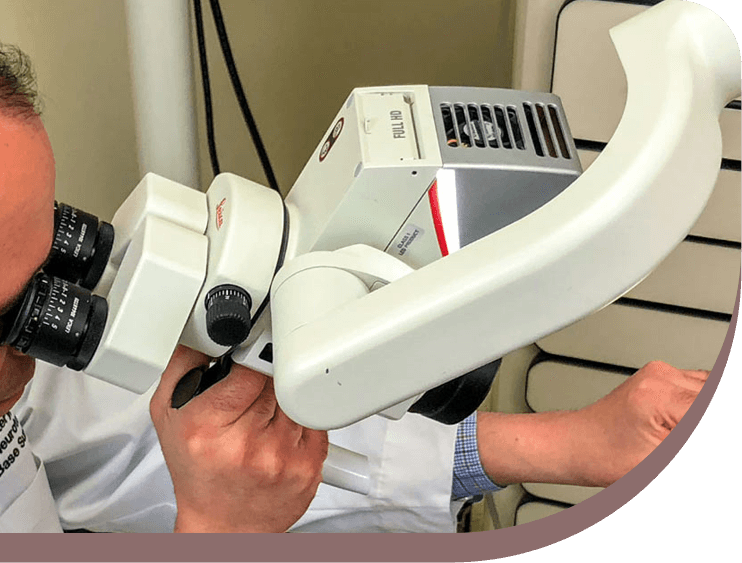
Superior Canal Dehiscence
Superior Canal Dehiscence – About
Superior canal dehiscence occurs when an absence of bone exists at the superior semicircular canal. This portion of the ear helps control balance. The inner ear is normally encased entirely in bone except at two sites. In superior canal dehiscence there is a third site that has absent bone and this creates abnormal function of the inner ear causing both hearing and balance issues. Typical symptoms of superior canal dehiscence is having vertigo with loud sounds, hearing one’s own heart beat, hearing one’s voice loudly, and hearing internal sounds such as one’s eyes move or neck move loudly.
Superior Canal Dehiscence – Diagnosis
Symptoms play the largest role in considering superior canal dehiscence. The diagnosis is then verified with a CT scan. A specialized test known as a VEMP performed by sound being placed in the ear can help support the diagnosis.
Superior Canal Dehiscence – Treatment
In cases of bothersome symptoms, surgery may be warranted. There are three surgical options available for superior canal dehiscence
Round window plugging – this procedure involves going through the ear canal and gently lifting the tympanic membrane. The round window, which is natural opening in the bone of the inner ear is then plugged with a small amount of the patient’s own tissue (either fascia or fat). This procedure is significantly less involved and with minimal recovery compared to other options, however generally the success rate is not as high as other options.
Transmastoid superior canal plugging – this procedure involves drilling away a small portion of bone behind your ear called the mastoid bone. The superior canal is visualized and then is plugged. This surgery does cause temporary imbalance that lasts for weeks. The transmastoid approach is successful in helping alleviate symptoms in approximately 70-90% of cases. The success rate is comparable to the middle fossa approach (see below). Individual patient’s anatomy may make this approach not suitable however.
Middle fossa approach – Another approach to the superior canal is by making a bone window above the ear (craniotomy) and gently retracting the brain to reach the canal from above. The canal is directly seen and then resurfaced with bone and/or plugged. The success rate is approximately 70-90%. This approach can be done in cases in which the canal cannot be approached by the transmastoid approach.

Conditions Treated
Follow us


Your Health Starts Here
"*" indicates required fields
